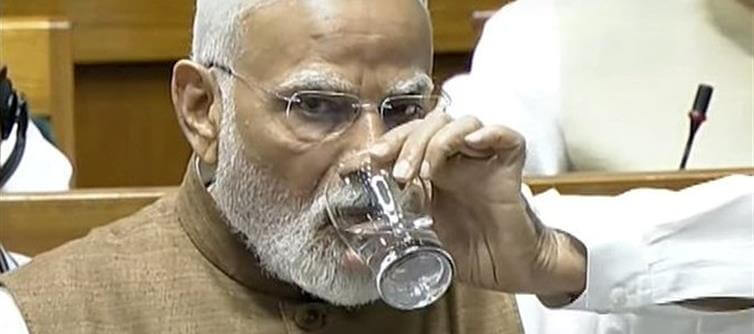
India’s textile sector, employing over 45 million people, faced a brutal shock in august 2025 when Donald Trump’s administration doubled tariffs on indian exports to 50%. The move hit garment and textile exporters hardest, threatening closures in hubs like surat and Tiruppur.
In response, the indian government scrapped the 11% import duty on cotton, effective august 19, 2025. Initially valid till september 30, the waiver was extended through December 31, 2025. By allowing cheaper raw cotton imports, the move aimed to cut input costs, preserve competitiveness, and prevent mass layoffs.
Industry stakeholders welcomed the decision. Stocks of textile majors surged up to 9% in a single day. Exporters argued that without this intervention, orders would have shifted to rivals like bangladesh or Vietnam. The government framed the policy as a calibrated, time-bound relief, not a long-term structural shift.
Officials stressed that the waiver was about safeguarding jobs and supply chains, not bowing to U.S. pressure. “This is crisis management,” one Commerce Ministry note read, pointing to India’s continued commitment to balancing farmer interests with industrial stability.
In the government’s telling, the cotton duty cut wasn’t surrender—it was a shield, not a white flag.




 click and follow Indiaherald WhatsApp channel
click and follow Indiaherald WhatsApp channel